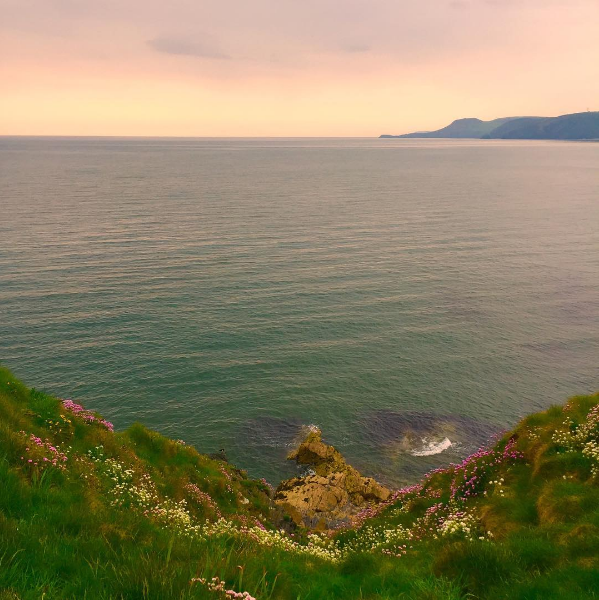Bold colours, Italianate architecture & beautiful sea views, the captivating town of Portmeirion in the north of Wales still attracts thousands of visitors 90 years after its creation.
If you haven't been to Portmeirion, you would probably guess that the postcard town was far, far away somewhere on the Mediterranean coastline in the blazing hot sun. In reality, the picturesque town can be found somewhere in the not so blazing hot sun and relatively close by on the Welsh coastline. Portmeirion is the dream and vision of famed architect Sir Clough Williams-Ellis who acquired the unique site in 1925 for around £20,000. Near his own family home, Plas Brondanw, he began work almost immediately:
'Portmeirion was built in two stages: from 1925 to 1939 the site was 'pegged-out' and its most distinctive buildings were erected. From 1954-76 he filled in the details. Several buildings were salvaged from demolition sites, giving rise to Clough's description of the place as "a home for fallen buildings."'
Portofino, Italy
It is no coincidence that the town is reminiscent of the Med. Portmeirion is often said to be directly inspired by the small fishing village of Portofino in the North of Italy, although this has been repeatedly denied by Sir Clough. The architect stated only that he wanted to pay tribute to the atmosphere of the Mediterranean, but he has never denied his love of the Italian village, stating "How should I not have fallen for Portofino? Indeed its image remained with me as an almost perfect example of the man-made adornment and use of an exquisite site."
One notable Portmeirion visitor was world-famous architect Frank Lloyd Wright who stayed in the town in 1956. Interestingly, this visit marked the architect's one and only trip to his ancestral country of Wales. Portmeirion today still attracts thousands of visitors annually, 90 years after its creation. What undoubtedly makes this town one of Wales's top tourist destinations is its location in an unspoiled natural landscape, complete with exotic plants and vast woodland, on a stunning Welsh coastline combined with, of course, the phenomenal architecture. Even though the town functions solely as a tourist destination, a collective desire to keep this small corner of Wales in its best condition means that both tourists and staff endeavour to maintain the town's original beauty and charm.





































